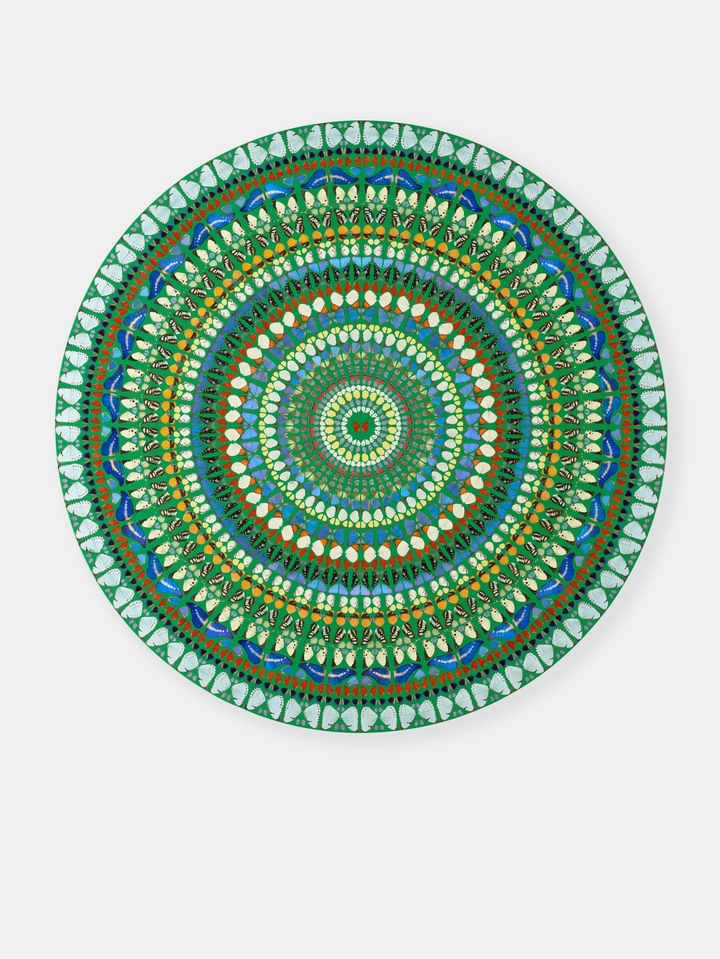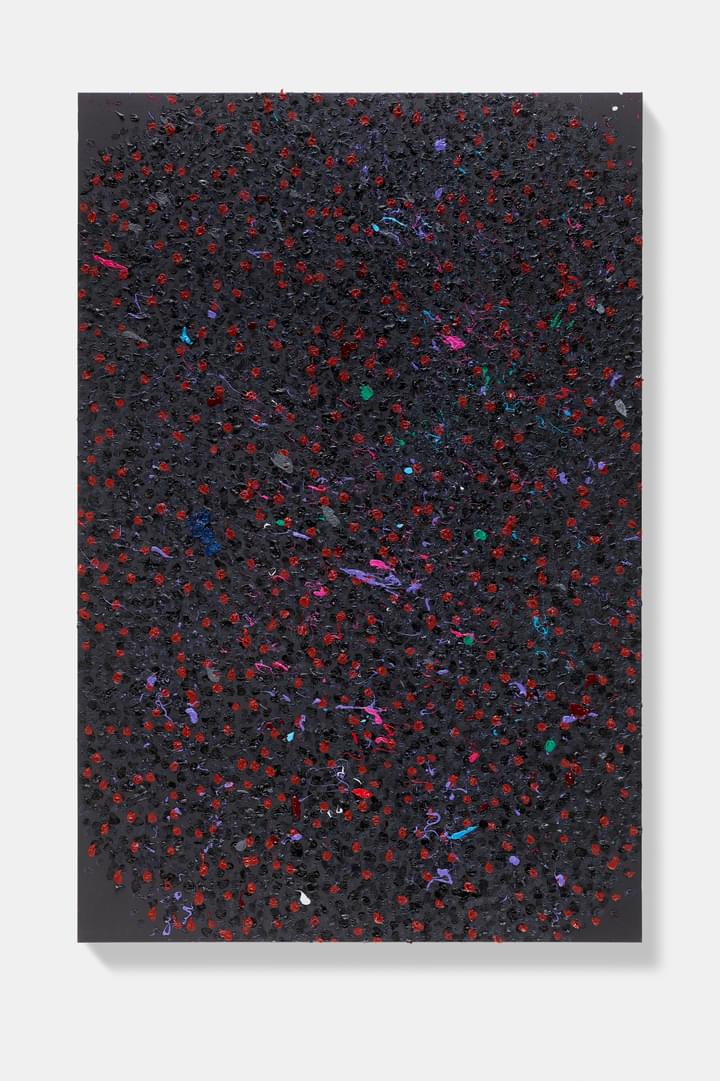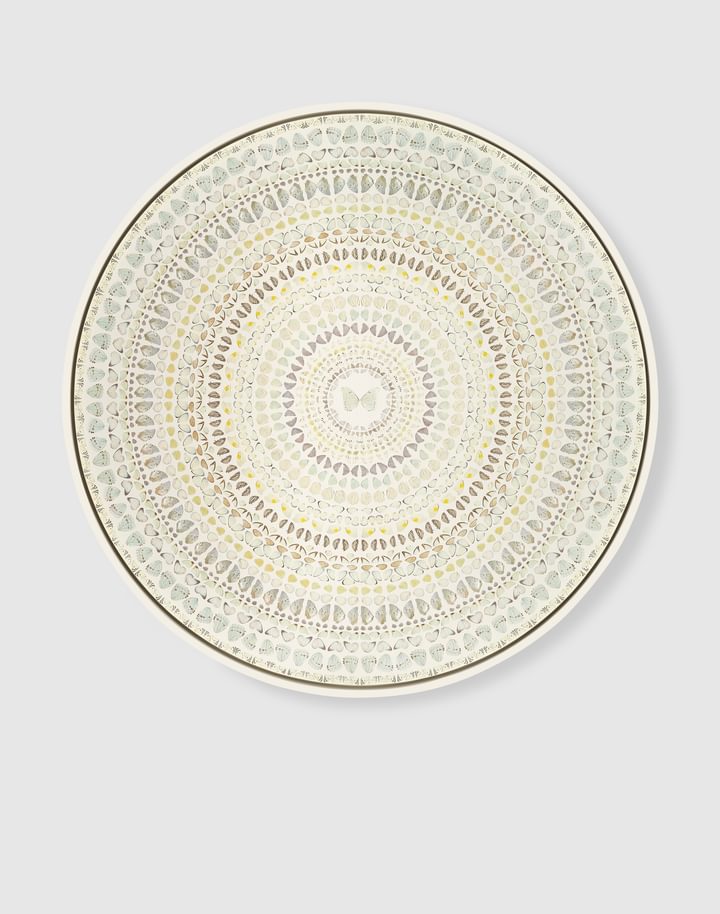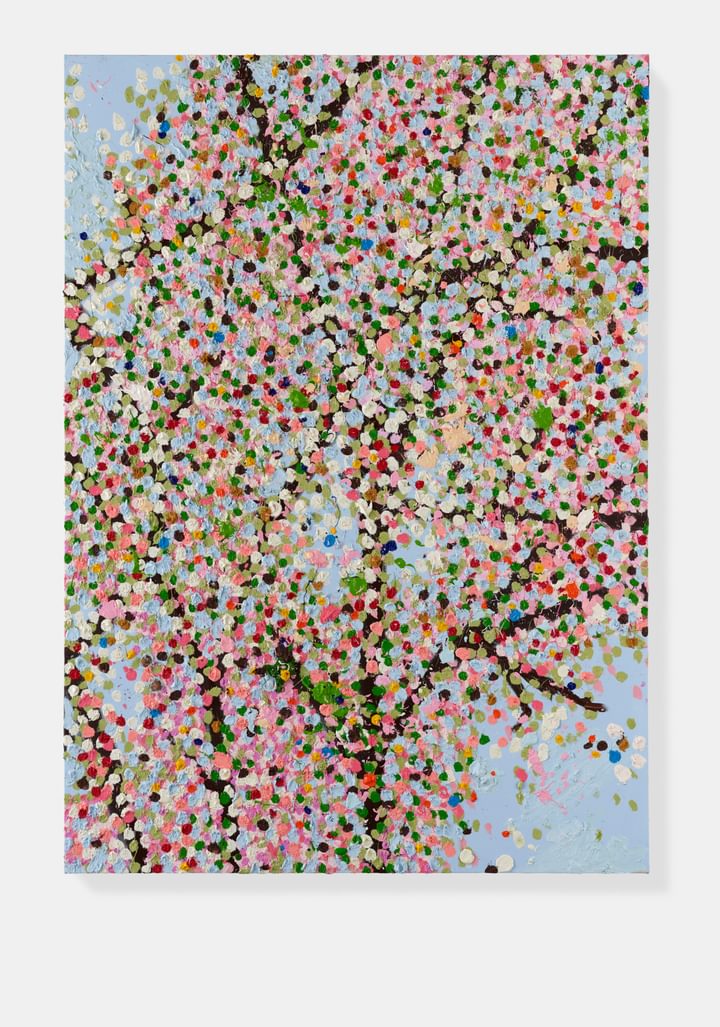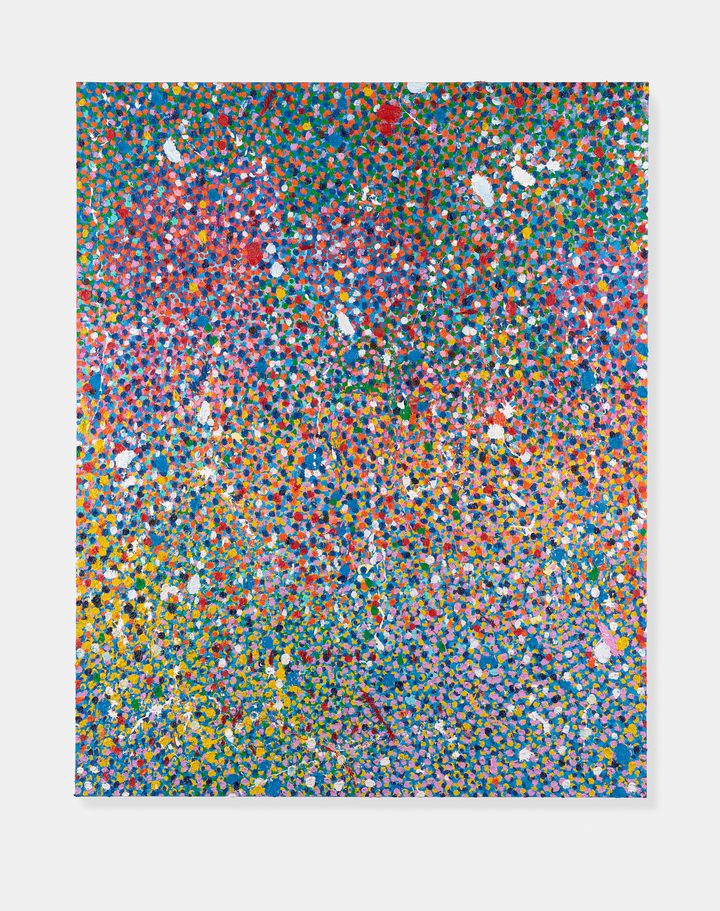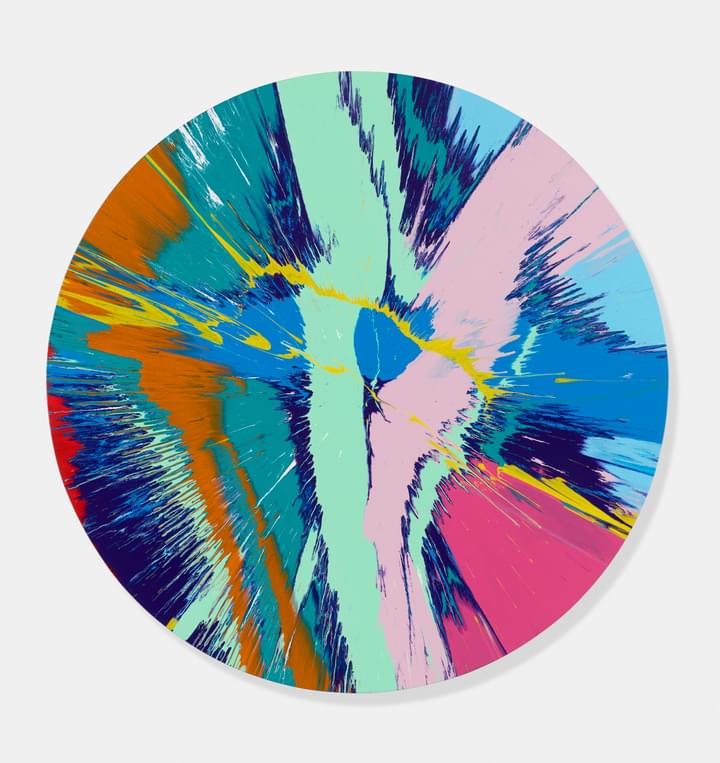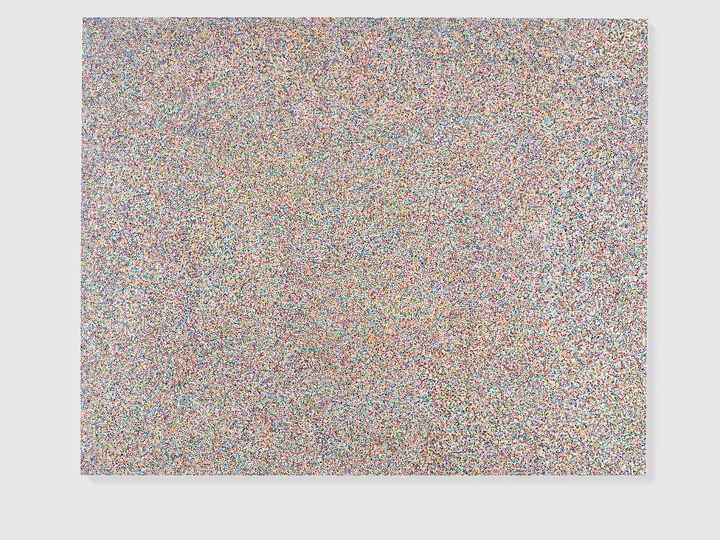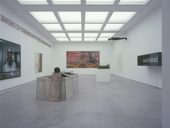
Mother and Child (Divided),1993
Damien Hirst
Lives and works between London and Gloucestershire
B. 1965
Artworks
Exhibitions
Gallery Exhibition
Damien Hirst
His Own Worst Enemy
24 November 2021 – 8 January 2022
Gallery Exhibition
Damien Hirst
Mandalas
20 September – 2 November 2019
Gallery Exhibition
Damien Hirst
Black Scalpel Cityscapes
11 November 2014 – 31 January 2015
Gallery Exhibition
Damien Hirst
Entomology Cabinets and Paintings, Scalpel Blade Paintings and Colour Charts
21 February – 4 May 2013
Museum Exhibitions
Find out more7 May – 12 October 2025 | Vienna
23 March – 25 August 2024 | Mexico City
2 March – 23 June 2024 | Aix-en-Provence, France
From 26 October 2023
Munich, Germany
Posted: 4 October 2023
Films
Damien Hirst, 'Black Scalpel Cityscapes'
Damien Hirst discusses his exhibition 'Black Scalpel Cityscapes' at White Cube São Paulo (2014 – 2015) with Tim Marlow. Hirst talks about the development of the series and how these paintings evoke the fragmented nature of all cities around the world.
Damien Hirst, 'Black Scalpel Cityscapes'
Damien Hirst discusses his exhibition 'Black Scalpel Cityscapes' at White Cube São Paulo (2014 – 2015) with Tim Marlow.
Susan May on 'The Gesture and The Sign'
Susan May, Artistic Director of White Cube, discusses the ideas behind the group exhibition 'The Gesture and The Sign' at White Cube São Paulo in 2013.
Damien Hirst on 'Entomology Cabinets and Paintings...'
Damien Hirst talks about his intricate new Entomology Paintings which employ thousands of species of butterflies and insects, affixed onto canvases
Bookshop
Browse the BookshopCreate an Account
To view available artworks and access prices.

